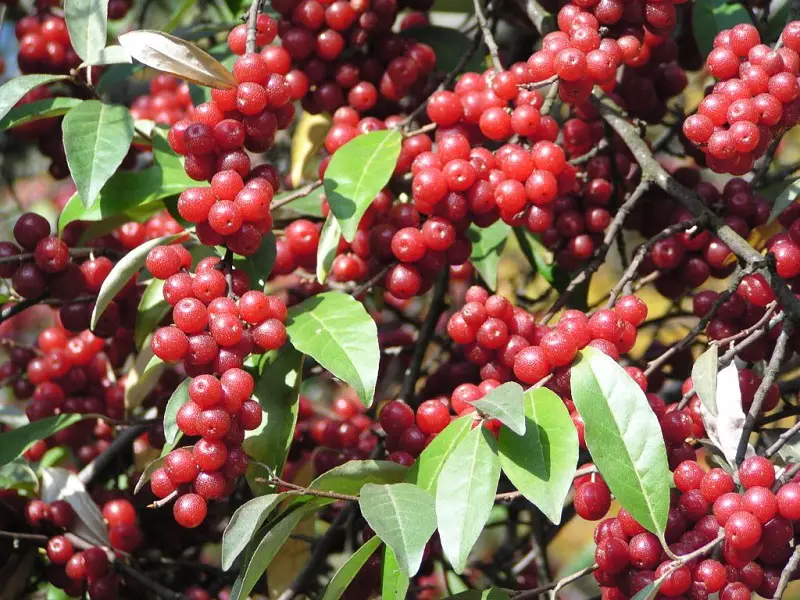When it comes to nutrition, the best food is often wild food, especially in regards to berries and other high-antioxidant items.
As noted in a recent study of organic tomatoes, organic and especially wild plants must develop a stronger system of defenses to ward off invaders, in stark contrast to “conventionally” grown produce that essentially becomes “fat and lazy” by not having to deal with pests and other invaders.
That means you’ll generally find higher levels of antioxidants in organic and wild-grown plants, as the article above mentions.
Speaking of higher levels of antioxidants, there is at least one wild-grown plant food that not only trumps tomatoes but is also found abundantly in nature — the humble yet misunderstand autumn-olive, aka the autumn berry.
Eighteen Times the Antioxidants, But What Does It Taste Like?
Found mostly in the Eastern and Midwestern United States but extending into Missouri and beyond, the autumn berry is actually regarded as an invasive species and even a “noxious weed” by DNR officials who urge people to dig them up out of their gardens.
The dark red autumn berries are often stereotyped as being inedible by everyday hikers and explorers, but many people enjoy the tart and sweet taste and make them into delicacies like fruit leathers and jam (a little bit of a healthier natural sweetener like stevia or raw honey makes it even better).
The ironic thing about autumn berries is that their must frustrating trait, the ability to spread and grow so easily, also happens to be one of their best traits, because autumn berry shrubs produce an enormous volume of highly nutritious food (up to a whopping 12,600 pounds per acre according to this 2005 university study published on Cornell’s website).
Autumn Berries — The Most Lycopene of Any Food?
Since planting them is not advised due to their invasive nature, foraging for autumn berries is highly recommended as an alternative.
You can even freeze the berries for adding a healthy boost to your smoothie or other recipes.
In order to find autumn berries, look for a plant that ranges somewhere between a large shrub and a small tree with a rough surface. The limbs generally don’t reach more than 16 feet above the ground, and thorns can be found in younger plants. The leaves are oval-shaped with a leathery texture.
Perhaps the best way to identify autumn berries is through the silvery “scales” on the berry that look essentially like sparkles.
As the chart below notes, the best health benefit of the autumn berry is its sky-high lycopene count, much higher than even watermelons and about 18 times higher than tomatoes, which are seen as the poster child for lycopene sources among foods.
Lycopene is thought to prevent or fight fight cancer of the prostate, mouth, throat and skin, and to reduce the risk of cardiovascular disease as the 2005 study noted.
Check out the chart below for a visual comparison:
You can also watch the video below to see how to identify autumn berries that may be growing in your area (they last through late fall) so you can go pick them
Thanks for reading! To learn more, subscribe to our email list or check out the book ‘Nature’s Garden: A Guide to Identifying, Harvesting, and Preparing Edible Wild Plants.’
Thanks for installing the Bottom of every post plugin by Corey Salzano. Contact me if you need custom WordPress plugins or website design.






